Join US
Do you want to build the fantasy world you’ve always dreamed of?
Subscribe to receive notifications when a new post is out and for our monthly newsletter!
You can always unsubscribe anytime.
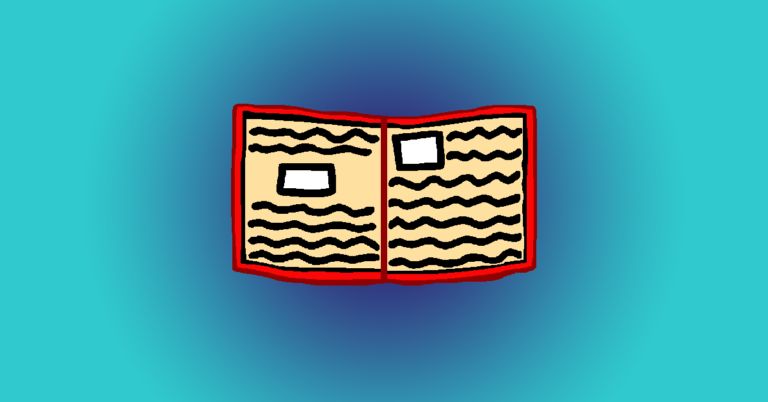
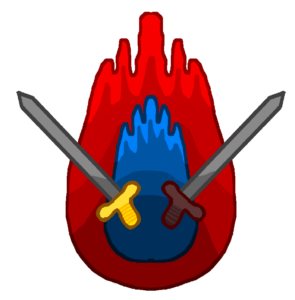
While there are many stories that only take place in one book, there are even more tales that span multiple books. The question then is, how do you keep the momentum going from novel to novel without it dissipating? The answer is to write a great book cliffhanger!
A book cliffhanger is exactly what it sounds like: a plot twist that ends a book that will be resolved in the next one. It could be a number of things like a character getting killed off unexpectedly or a situation unraveling beyond the control with the potential for catastrophic repercussions. One important thing to note about this is that you can only use this if you’re writing a series; otherwise it doesn’t work.
To its heart, a book cliffhanger marks the formal end of one book while setting up a major story in the sequel. Think of it like a preview of coming attractions. However, you want to use it strategically since not every novel in your series needs to end in a cliffhanger. Save it for those that pack a powerful punch or have the potential to transform the plot in an unexpected way.
If you decide to end your novel on a cliffhanger, you have to do it justice. The goal here is to make your readers eager to find out what happens in the next part of your series. There are a number of things you can do to create the perfect book cliffhanger!
It can be hard to make a sizzling cliffhanger though there are things you ought to steer away from doing, lest they hurt what you’re going for. Let’s face it, you don’t want to end your novel on a cliffhanger that discourages your readers from wanting to see what happens.
This is number thirty-five in the series revolving around writing a fantasy book. There’s an ever-growing treasure trove of articles, all of which are on our blog page!
True to its name, a book cliffhanger is a shocking ending to a novel that’s already seen many ups and downs. Ending on something with no resolution means your audience has no choice but to wait for the next book to see how it’s resolved. Keeping them in suspense is a superb way to gin up interest for the next entry in your series!
Think of it like a crucial point in however many books you’ll have in your series. It turns things on their head, leaving the characters present with no idea what to do as they struggle to comprehend the shocking turn of events. You end your book on a high or low, depending on your perspective.
The duration of the book cliffhanger varies. While it’s customarily the final scene in the novel, how long said scene lasts is up to you. You can have it be just one page or it can be multiple pages. Basically you want to use as many pages as you need to to make it work.
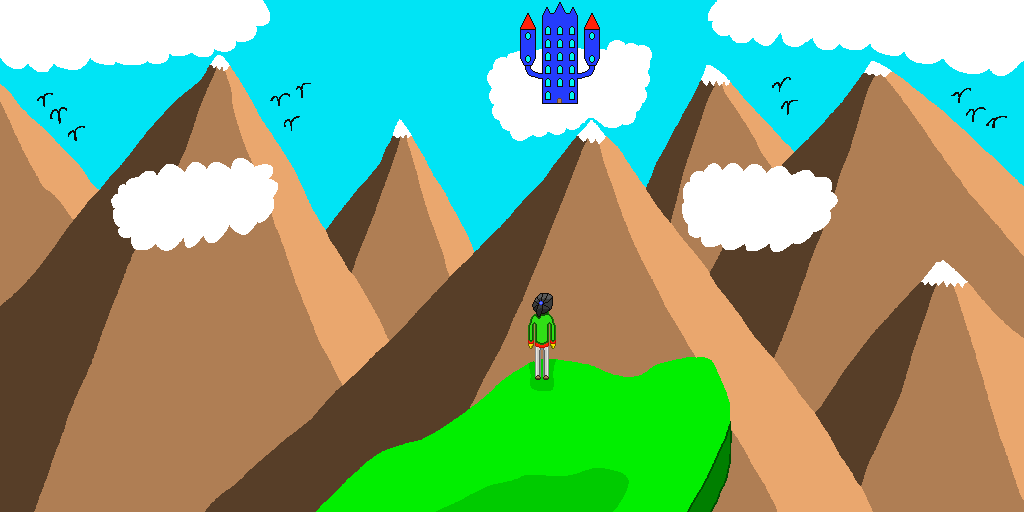
There are varying intensity levels of a book cliffhanger. While all levels affect the story immediately, some are relatively niche, meaning they only impact the story at that precise point in time with little to no long-term effects. Others have the potential to uproot the story entirely, affecting everything in its wake, which ultimately reverberates all the way to the end for good or ill.
As such, ending a book on a cliffhanger is best reserved for those monumental turning points that are directly tied to the plot. Ending every book except for the last one in the series on a cliffhanger diminishes its power, so you want to use it strategically for those moments that have the most impact whether it be the death of a major character or the villain discovering a powerful object that will help him with his plans of conquering the world.
With great power comes great responsibility. As a writer, you want your readers to be invested in your story from the beginning to the end. This is especially more important if you’re writing one that spans multiple novels. Reading a series is a lengthy time commitment and you want to make it worth it for your readers!
Coming up with the perfect book cliffhanger requires a great deal of time and planning. You can come up with it first and then work backwards from it or vice-versa. Do as many brainstorming sessions as you need before you fine-tune it in the outline.
The order of scenes leading to the cliffhanger matters the most. They need to be presented in a logical, organic order while sprinkling in some tension that makes your audience uncertain of what’s coming. The uneasiness your readers feel before they reach it will make it more powerful.
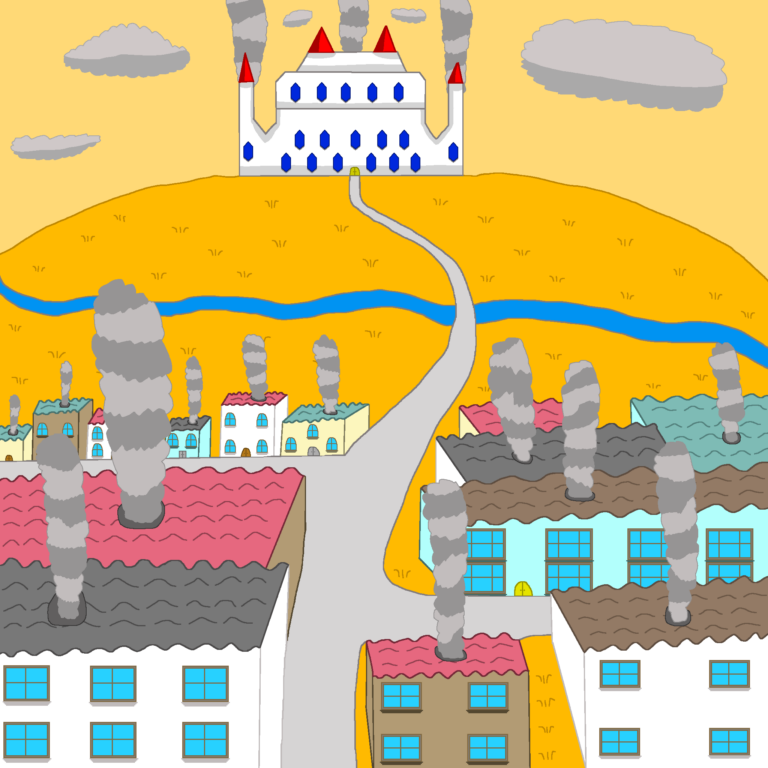
The best cliffhangers are those that feel just natural. By that, they fit in the context of both the world and the story. They don’t feel out of place which can be jarring for your readers since the objective here is to create an environment that they can fully immerse themselves in throughout the whole novel.
A great book cliffhanger is a plot twist that your readers don’t see coming. The shock factor is key to making it happen. You do so by creating a deliberately ambiguous situation that arises out of nowhere but fits with the scenes that preceded it which has the potential to go in several different directions.
The story pace plays an integral role here. You want to gradually build up to it while keeping your audience in the dark. During the cliffhanger itself, the pace moves quickly to keep your readers glued to the page(s). And then it suddenly stops, leaving them reeling at what just happened.
Coming up with the perfect book cliffhanger isn’t easy. Even the slightest misstep can cause irrevocable harm, not just to the ending itself but the whole book as a well. Here are some things you shouldn’t do if you’re striving for perfection!
The first one is making it too obvious what’s about to happen before it actually does. If your readers figure it out before they get there, you’ve done a bad job of setting it up. This significantly drops the emotional impact of the cliffhanger and your readers will be less inclined to see what happens.
Number two is, don’t use artificial tension for the sake of it. By the time they reach the ending, your audience’s spent a fair deal of time with your characters and your world which means they can spot the difference between natural and artificial tension. Going with overly exaggerated drama will severely undercut all the hard work you’ve put into it.
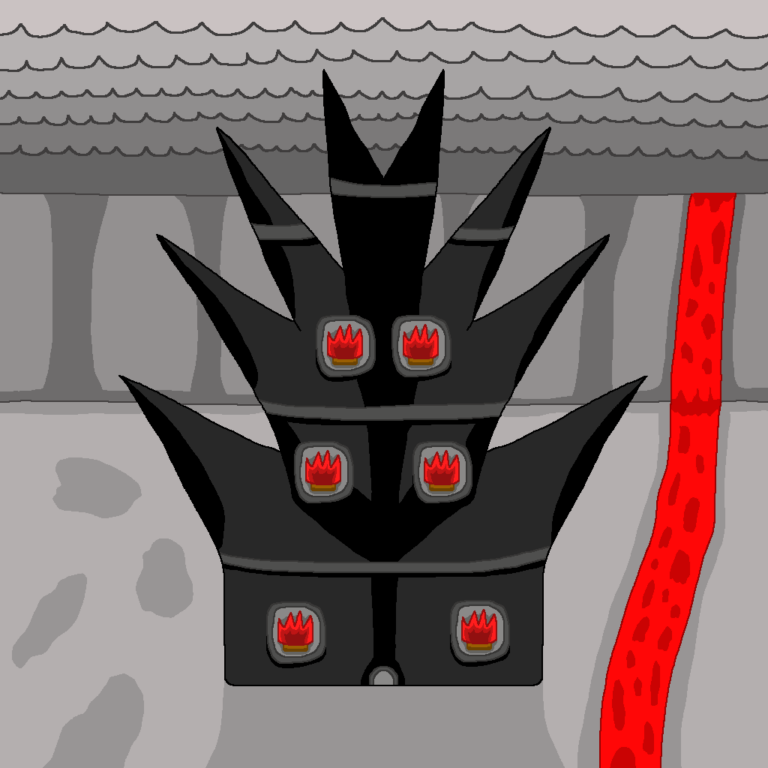
Thirdly, don’t use a bad cliffhanger. It’s a nonsensical ending that just doesn’t jive with everything you’ve seen in the story. We’ve seen it in books, movies, and other media and we wound up unhappy since it didn’t even make sense and ruined what was an amazing experience. A bad cliffhanger doesn’t advance the plot in a meaningful way.
The fourth one is that the book cliffhanger isn’t as intense as those of the turning points in your story. Imagine you read a truly powerful climax and thought it was over until the ending came that was nowhere near the level as the climax? Disappointment would be an understatement. Ending it on a cliffhanger needs to raise the stakes for the next book which means it must match the intensity of the critical junctures in your tale.
Number five is using a cliffhanger that feels rushed. It’s as if you condensed the entire scene, making it seem like things are moving way too fast for your readers to process. Don’t make it shorter than it needs to be, it should be as long as you need to make it work.
If used correctly, a book cliffhanger is a powerful tool that ends a novel and your readers are bursting with anticipation to see how it’s resolved in the next one. It’s imperative that you take as much time as you need to set it up and have it do what you need it to do. You want your audience to love it, not hate it!
The cliffhanger keeps the momentum generated from the ending of a book going to the next one which is why it serves as a fantastic transition point between them. Ideally, you want to use it sparingly since ending every novel in your series on a cliffhanger wears out its welcome. It’s best reserved for key critical junctures in the story which means you need to take time to set it up so you can successfully stick the landing.
There are a number of things to do to make an excellent book cliffhanger. You want it to feel right at home in terms of both the characters and your world. The sequence of scenes leading up to it needs to be logical while leaving a bit of uncertainty for your readers so they go in, unsure of what’s poised to take place.
There are some things to avoid if you’re going for a powerful cliffhanger. Making it too obvious what will happen is a big no-no! Also, making it more tense than it should be does it disservice and will hurt your tale.
Will you create a book cliffhanger that your readers will talk about for a long time?
Let me know what you think in the comments below. (Note: this is an account-exclusive feature).
If you don’t have one, you can register here. It only takes a few moments of your time!
Liked this article and want to subscribe? All you have to do is fill out the form below and that’s it!
Thanks for reading this and until the next time,
Sunfire
Subscribing means you receive:
You can always unsubscribe anytime.
Do you want to build the fantasy world you’ve always dreamed of?
Subscribe to receive notifications when a new post is out and for our monthly newsletter!
You can always unsubscribe anytime.